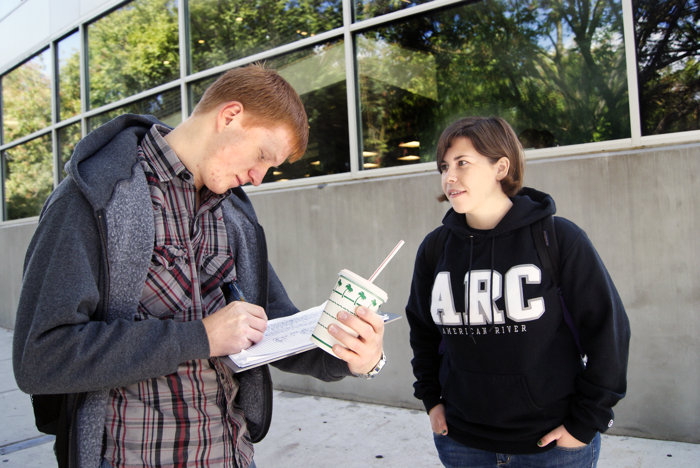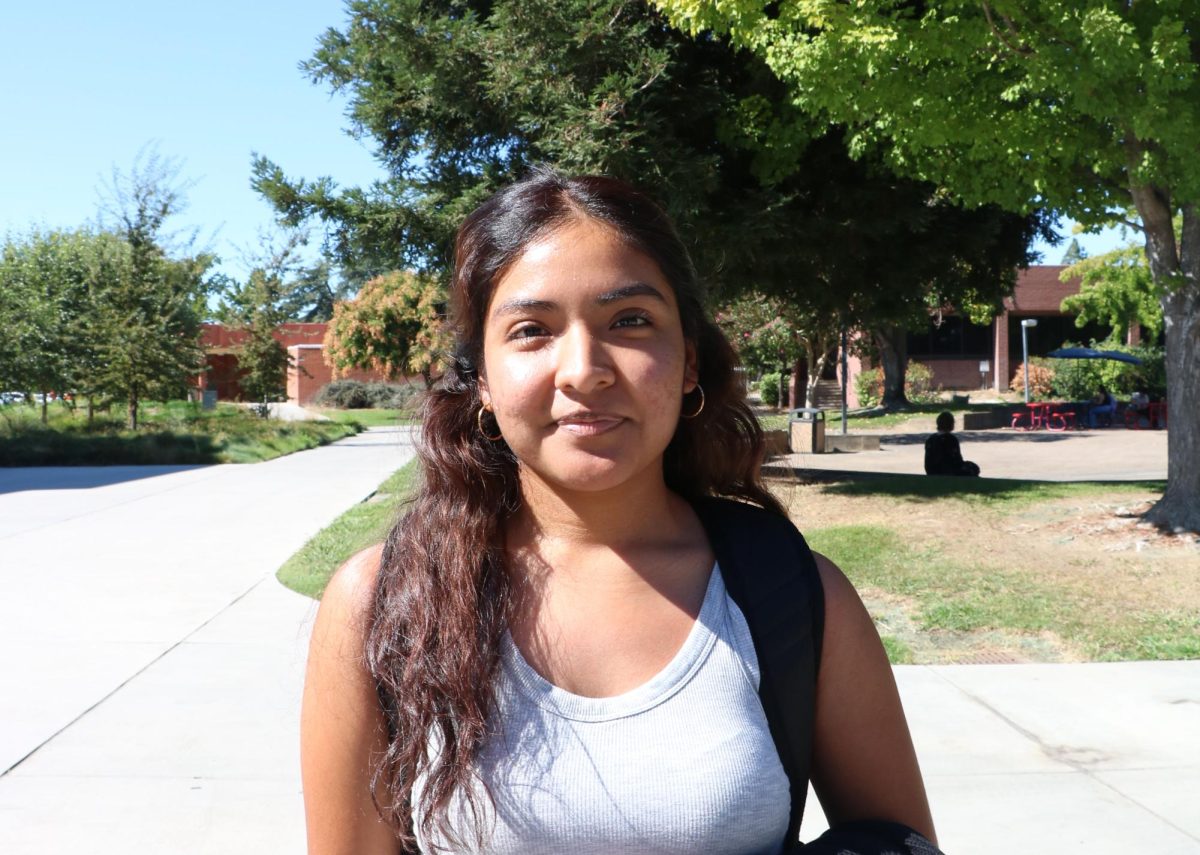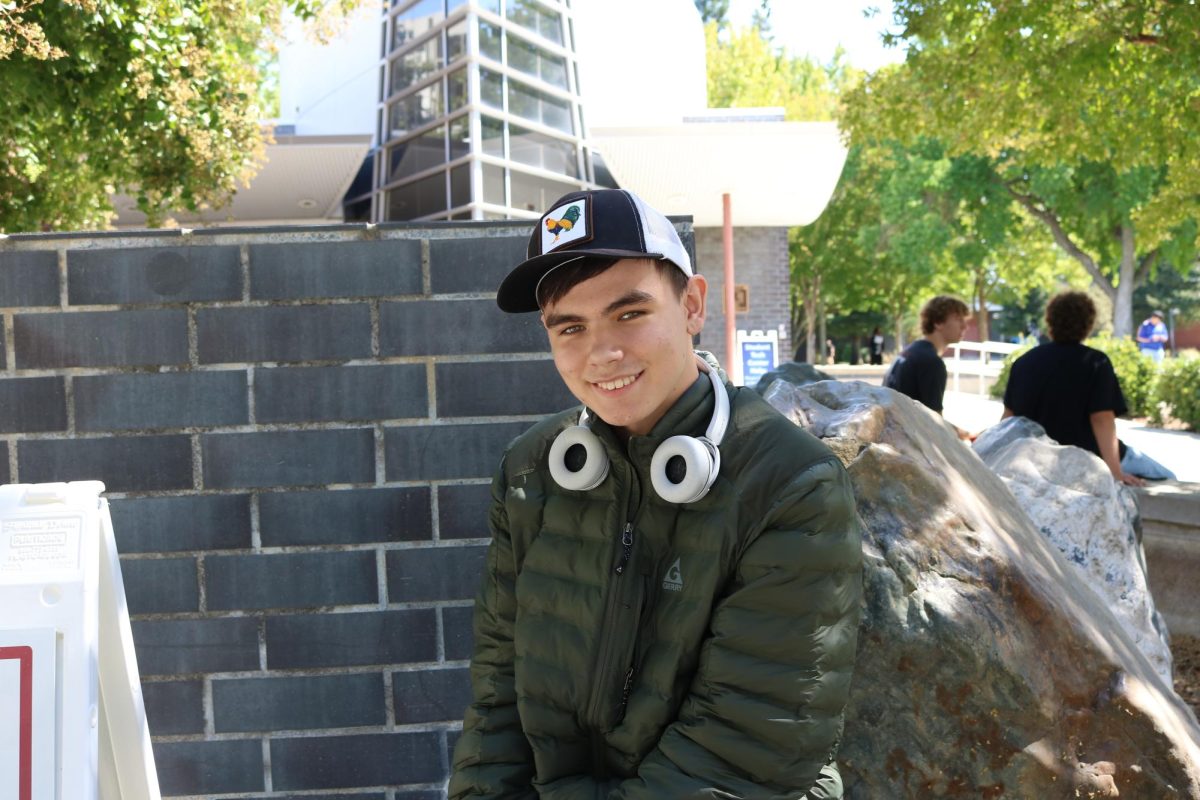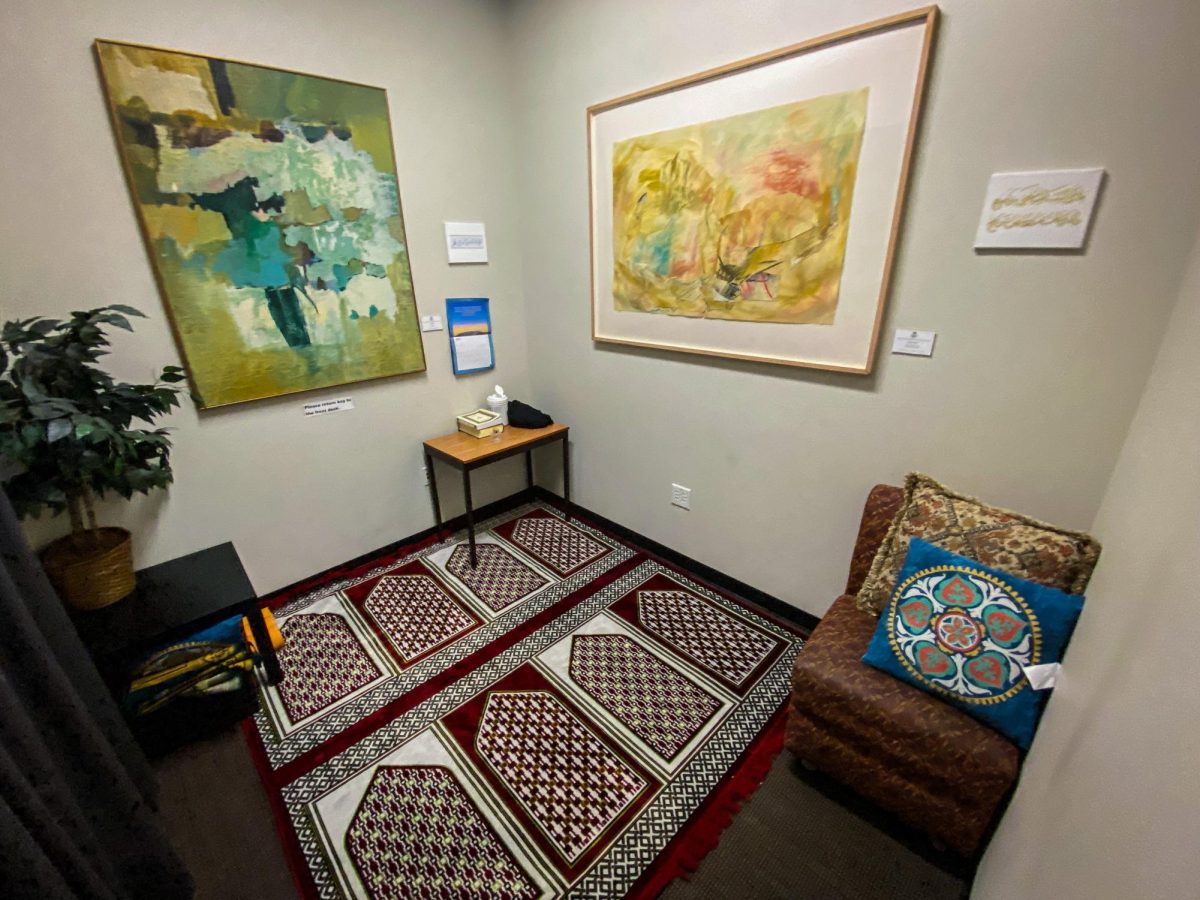Kate Clark doesn’t like secondhand smoke and all the cigarette butts littering the ground, so she’s doing something about it. The 18-year-old freshman at American River College has been making her rounds on campus collecting signatures from students and faculties in support of her petition for a smoke-free campus.
While engaged in a telephone conversation with her dad from campus one day, Clark was forced to inhale the cancer-causing agents when a couple of women blew their cigarette smoke into her face. Clark expressed her disgust to her family, and they encouraged her to take action against secondhand smoke. Clark is no stranger to the dangers that stem from smoking; having had family members who passed away of lung cancer, she’s genuinely concerned not only for her health, but also that of other students, faculties, and the children who accompany their parents on campus. “(Smokers) decide for us, too, when they light up,” said Clark.
Secondhand smoke contains many of the same chemicals inhaled by smokers, but because sidestream smoke (smoke from the end of a lighted cigarette) is generated at a lower temperature than mainstream smoke (smoke exhaled from a smoker), it contains many of the toxins found in cigarette smoke. According to the Surgeon General’s Report, tobacco smoke contains over 4,000 chemical compounds, more than 60 of which are known or suspected to cause cancer. Furthermore, the report concludes that there is no risk-free level of exposure to secondhand smoke, and the only way to protect nonsmokers from the dangers of secondhand smoke is a smoke-free environment.
Determined to see her endeavor to fruition, Clark began researching the possibilities of following in the footsteps of other California campuses that have gone smoke-free, such as Sierra College, which banned smoking in Fall 2010. After contacting the Associated Student Body government for the necessary steps to bring the issue to the forefront, Clark armed herself with a pen and clipboard, and started approaching people. At the time of the interview, Clark had collected almost 600 signatures, and had offers from fellow students to help her get the word out.
“I realized that I could make a difference … so we (could) all breathe a little easier,” said Clark. “I’m (also) helping the environment.”
Advised by ASB President Craig Bundy to collect as many signatures as she could before the General Assembly will meet in November, Clark continues to dedicate her time to amassing more supporters. The petitions are only a start, but it’s a great start, said Bundy. He shared that the issue has been on his radar, and he understands the concern, but wonders if a smoke-free campus would be impracticable. Requiring people to leave campus to smoke poses the matter of safety where pedestrian foot-traffic is already a problem.
Bundy believes the solution to healthier breathing air and campus beautification requires a combination of things, including designating and policing smoking areas. He is working toward bringing the issue beyond a talking point, and wants to see the student senates working more concretely with it to reach a “reasonable compromise.”
“I don’t feel that I should have to walk across the street to smoke,” said Jamar Stewie, 21, a music and marketing major, as he passed a cigarette to his friend. He does, however, think that a designated smoking area would be a good idea.
His friend, Vito Cole, 28, a psychology major, disagreed. There’s still the problem of secondhand smoke, he argued. “If I had to, I would go off campus to smoke,” said Cole.
Implementing a ban on campus smoking would be no easy feat, but Clark is up for the challenge and continues to vocalize her stance against secondhand smoke.









Jeremy • Oct 20, 2011 at 4:27 pm
The faculty conducted a survey about a year back and the results showed that almost half of those polled felt that smoking should either not be banned or that special provisions be made. The Associated Student Body made the recommendation that smoking areas, protected from rain, be built and that the 30 foot smoking policy be more strictly enforced. As for leaving campus to smoke . . . there isn’t exactly anywhere to leave campus for a cigarette, and I’m sure that an already traffic congested parking lot isn’t an appropriate location as it becomes a safety issue. You could of course go to the street but with such a large population of smokers you would see not only an increase in tardiness (a disruption to students and faculty), but also crowds of smokers lining the school (not an image anyone wishes to advance). For me, a former student and someone who conducted polls on smoking at ARC, I see the simplest solution as being to demarcate smoking zones outside of areas with high foot traffic. These zones would be well known by students allowing anyone who wishes to do so to avoid them by traveling another route through campus. With over 27,000 students on campus daily, it seems to me to be the only feasible solution, otherwise LRPD will have to get into the business of finding and citing smokers sneaking in puffs behind buildings between classes. It is also true that to ban smoking would add an element of stress to many students. Smokers know what I mean. It is not only discriminatory, but also an impediment to education. Also, already an issue for LRPD, the eventual destination of many of these smokers will be the “nature walk” or the grassy wooded area behind horticulture . . . fire hazard anyone? Build smoking areas which are protected from the elements and outside of high traffic areas and be done with this issue already ARC! 🙂 There bigger things to concern yourself with than something that has become an ongoing issue and has an easy, relatively cost effective, solution.